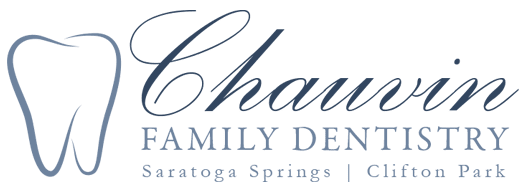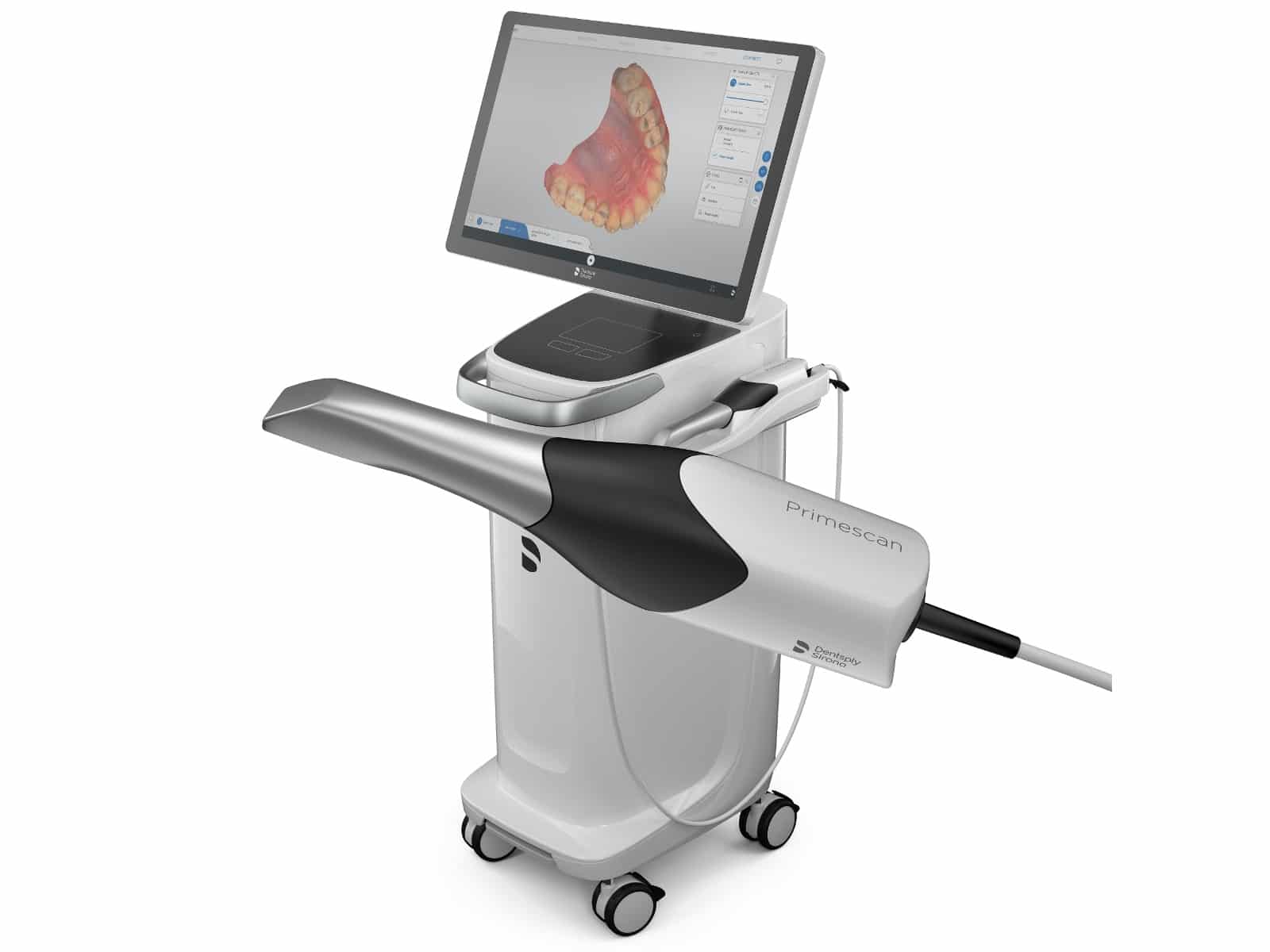Selecting the right toothbrush is a fundamental aspect of maintaining good oral hygiene. With a plethora of options available, it’s essential to make an informed choice. Here’s a guide to help you choose the right toothbrush for your needs:
- Bristle Type: Soft bristles are generally recommended by dentists as they effectively clean teeth without causing damage to the enamel or gums. Medium and hard bristles can be abrasive and lead to sensitivity and gum recession.
- Size and Shape: Opt for a toothbrush with a head size that comfortably fits into your mouth and allows easy access to all surfaces of your teeth. A compact head with a variety of bristle heights can navigate hard-to-reach areas.
- Handle Comfort: The handle of your toothbrush should be comfortable to hold and maneuver. Some brushes come with ergonomic designs or non-slip grips, making them easier to use, especially for those with dexterity issues.
- Powered or Manual: Both powered (electric) and manual toothbrushes can be effective if used correctly. Powered brushes may be beneficial for those with limited dexterity or individuals who prefer the convenience of automated brushing.
- Replace Regularly: Regardless of the type of toothbrush you choose, it’s crucial to replace it every three to four months or sooner if the bristles show signs of wear. A worn-out toothbrush is less effective at cleaning your teeth.
By selecting the right toothbrush and maintaining a consistent oral care routine, you can contribute to the health and longevity of your teeth and gums. Remember to consult with your dentist for personalized recommendations based on your oral health needs.





